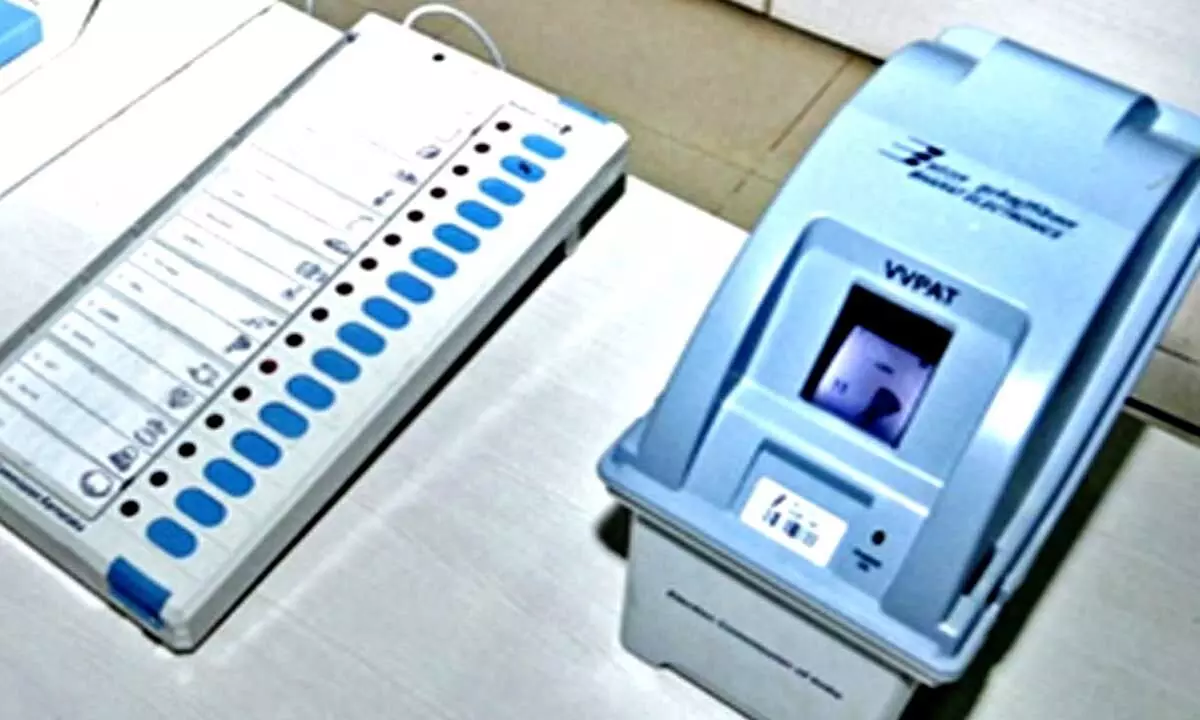As the Indian electoral process continues to evolve, so too do the debates surrounding its transparency and security measures. The recent focus on the Voter Verifiable Paper Audit Trail (VVPAT) system has brought to light a spectrum of opinions, ranging from calls for full transparency through 100% recounts to arguments for the efficacy of statistically significant sampling. In the midst of these discussions, the integrity of the Electronic Voting Machines (EVMs) themselves has been questioned, raising fundamental concerns about the democratic process.
The introduction of VVPATs was hailed as a significant step towards enhancing transparency in the electoral process. By providing voters with a paper trail to verify that their vote was accurately recorded, the VVPATs aimed to instill confidence in the integrity of EVMs. However, despite these efforts, doubts persist among critics regarding the vulnerability of the system to manipulation and hacking.
One camp argues for the adoption of comprehensive measures, including maintaining a machine audit trail of all commands executed during the voting process. This, they contend, would provide a safeguard against malicious interference and enhance the overall robustness of the electoral system. Others suggest revisiting the technical and administrative safeguards to address potential vulnerabilities introduced by the integration of VVPATs.
However, amidst these proposals for enhancement, there remains a contentious demand for a 100% recount of all VVPATs. Advocates for this approach, including some political parties, argue that only a full recount can ensure complete transparency and mitigate any potential for tampering. The Supreme Court of India has been tasked with deliberating on the validity of these demands, underscoring the significance of the issue at hand.
Yet, proponents of statistical sampling present a compelling counterargument. They point to the empirical evidence from past elections, which demonstrates that the discrepancy between VVPAT recounts and EVM counts has been minimal. Instances of mismatch have often been attributed to procedural errors rather than deliberate manipulation. Moreover, increasing the sample size of VVPAT recounts, tailored to the size of each constituency or focused on closely contested seats, could further enhance the reliability of the process without necessitating a full recount.
It is crucial to acknowledge that while EVMs have encountered glitches, there has been no substantiated evidence of widespread tampering or hacking. The existing safeguards, coupled with the scrutiny provided by VVPATs, have largely upheld the integrity of the electoral process. Calls for a full recount, therefore, may be perceived as disproportionate and indicative of a lack of trust in the established mechanisms.
Moving forward, a balanced approach is essential to address the concerns surrounding the transparency and security of Indian elections. This entails a thorough review of existing safeguards, targeted enhancements where necessary, and a commitment to upholding the democratic principles that underpin the electoral process. Whether through comprehensive audits or refined sampling strategies, the aim should be to bolster confidence in the integrity of elections while preserving the efficiency and efficacy of the electoral process. As the nation navigates these debates, the ultimate goal must remain the preservation of democracy and the safeguarding of the people’s trust in their electoral system.
